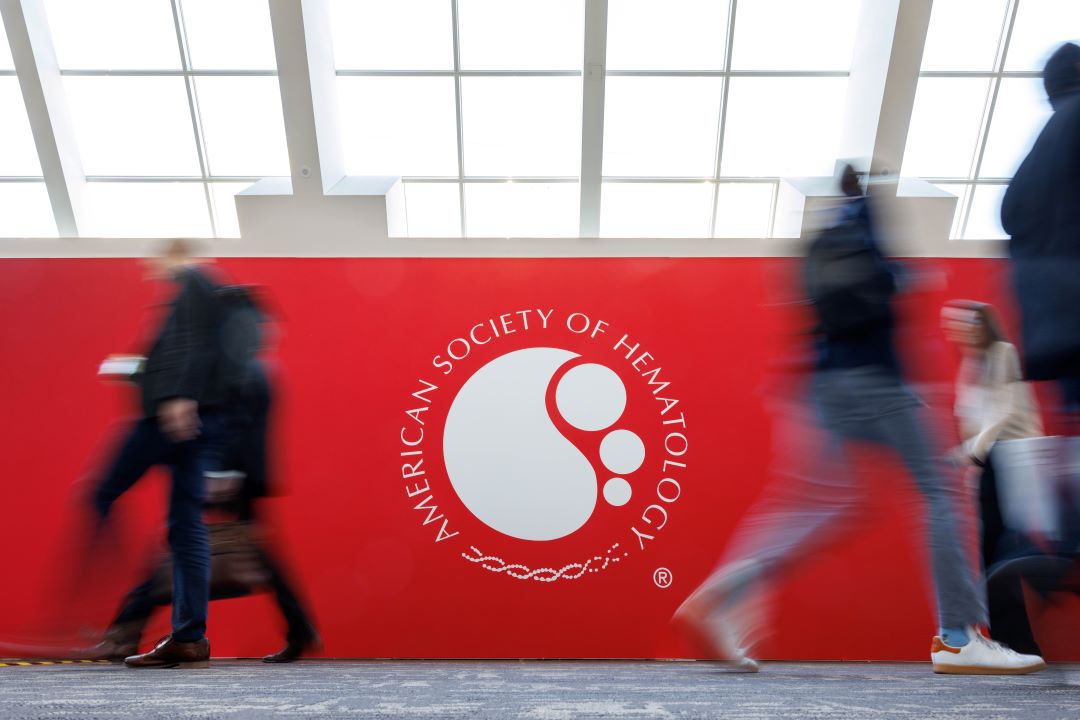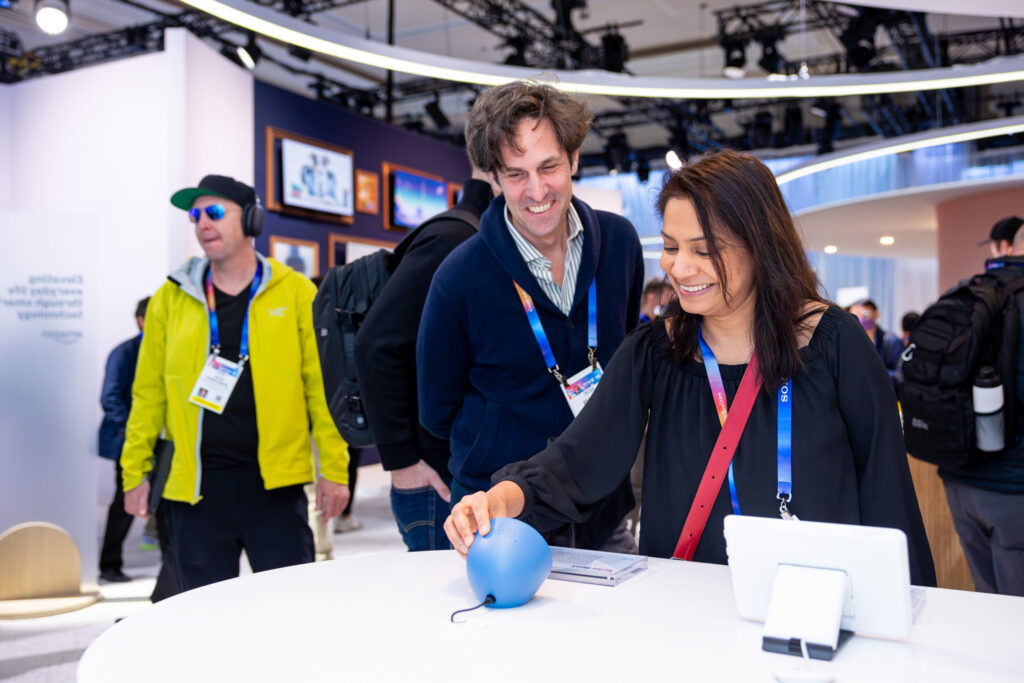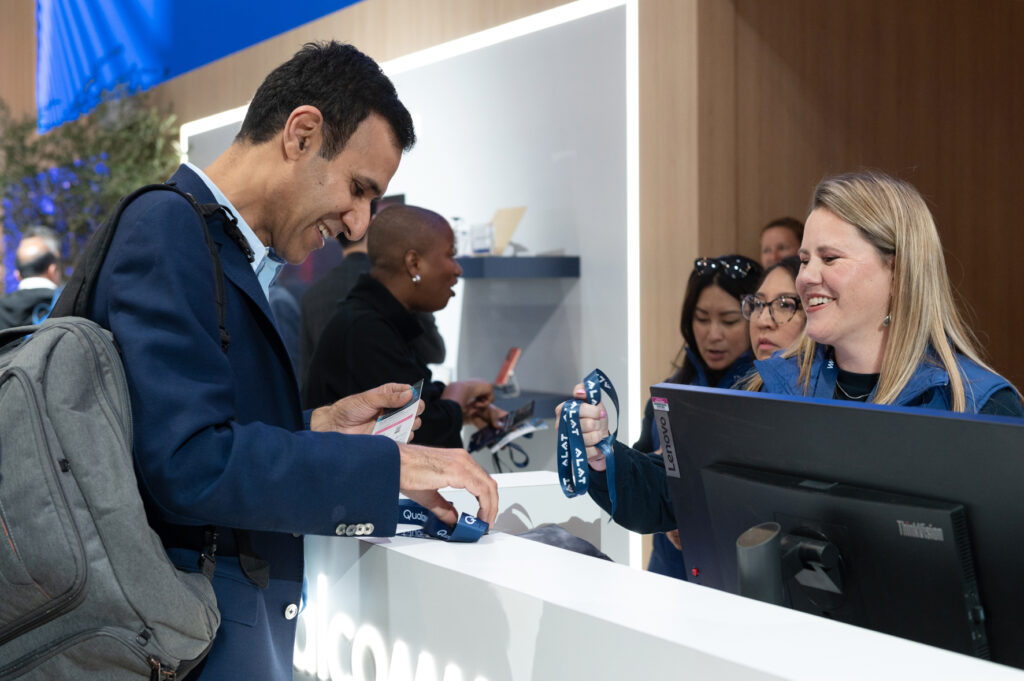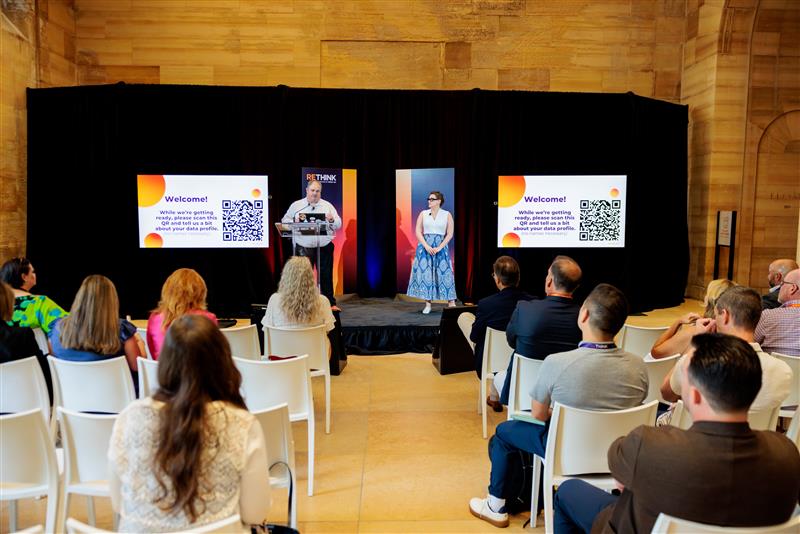The 66th American Society of Hematology (ASH 2024) Annual Meeting and Exposition in San Diego on December 7-10 marked another premier showing for the Society. Approximately 32,000 in-person and 5,000 virtual attendees from more than 100 countries gathered to immerse themselves in the latest world-class scientific content and education.
While the science is undoubtedly the focus of the meeting, a strong current of authenticity flowed throughout the congress floor. Recognition initiatives, focused interactions, and small-group sessions all underscored how the personal can impact the professional at all levels of care.
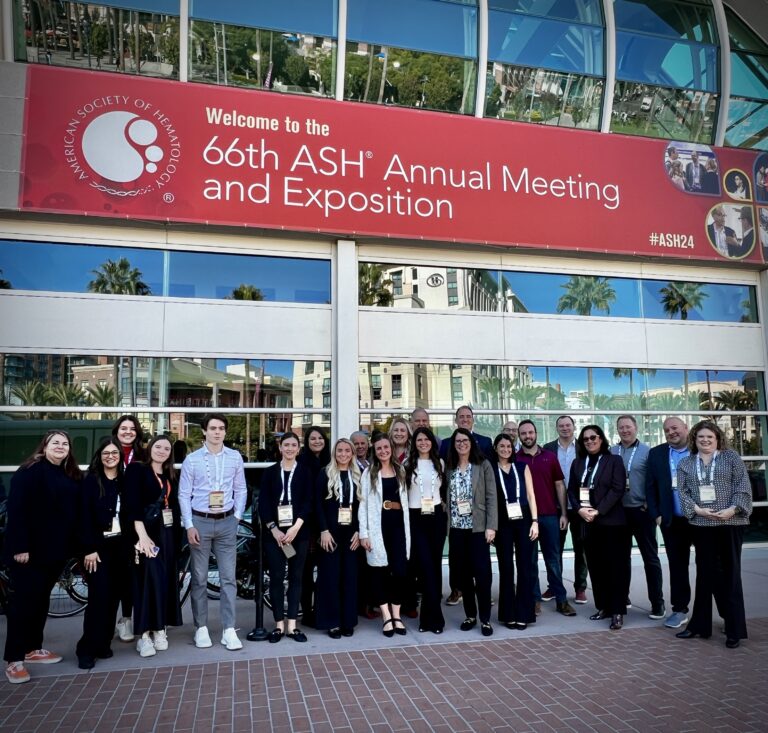
Overview:
ASH is touted as the premier event in hematology, and with good reason. In addition to showcasing transformative research and innovative education, the event also highlighted a commitment to collaboration, community, and inclusion. As part of its commitment to providing an exceptional experience for all, the event offered both in-person and virtual attendance options with a mix of didactic educational sessions followed by interactive Q&A and smaller, more intimate discussions that covered a range of topics, ranging from how DEI initiatives impact health equity and access, to 10-minute wellness sessions focused on improving self-care.
This year’s event emphasized the fact that in-person continues to be a strong motivator driving attendance. Nearly 40,000 professionals attended the conference with 32,000 in-person on the floor and 5,000 virtual. This shows an increase from 2023, which saw 4,000 virtual attendees and 28,000 attending in person. Exhibits and environments reflected audience desire for connections and community-building, offering lots of opportunity for face-to-face engagements via focused small-group sessions, poster walking tours, and an emphasis on treating patients with a “whole person” approach to uplevel care.
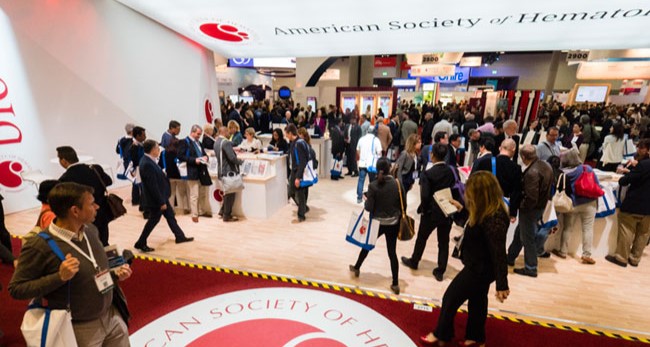
Trends:
All together now
Aside from the camaraderie and networking opportunities intrinsic to the meeting itself, there was a sense of greater purpose and a focus on the “why” behind the “how”. Exhibits again delivered with top-line innovation and “best-foot” forward approaches for pharma, supporting tech and non-profits, as well as publishers, clinics, and palliative support organizations. ASH 2024 Boulevard was brimming with excitement as soon as the doors opened on Saturday morning and provided a wonderful space for continued discussions and exploration. At the same time, there was an acknowledgement of the importance of collaboration and community, both in the way the congress was organized and in the range of topics and research presented. Numerous discussions, talking points, and educational sessions, as well as awards, were focused on how initiatives had a positive impact on the entire patient, not the singular disease, and how to better understand disease state and treatment approach in a more personalized way.
A humanistic approach to science
Science was at the forefront, with a strong roster of educational and scientific program sessions, panels, and Q&A, including highly-specialized sessions for targeted topics and focused interactions. A myriad of innovations and ideations around propelling the future of hematologic care for patients with unmet needs and new therapies for classic hematologic disorders and malignancies were available to audiences in large and small group settings. However, these high-science advances were often overlaid with an emphasis on the human perspective—how science and technology helped facilitate better overall outcomes through understanding personal experience of patients and providers alike.
- “How I Treat” Sessions provide an intimate look at how experts approach their patients care, with an exchange of best-practices and insights aimed to strengthen the level of care in the blood disorders community
- Organized “Poster Walks” helped to titrate a wealth of data to specific topics, therapies, and findings. They also included important top-of-mind generational subjects such as health equity, AI, and machine learning and the significant contributions realized thus far for the field of blood disorders
- Short 10 minute sessions featured in the ASH Wellness Studio provided resources to the industry on quick tips, tricks, and tools on preventing and managing stress, benefits of meditation and exercise, as well as self-reflection on the “why” behind their dedication to the science and patients
Broadened horizons
ASH is a celebration of the scientific contributions and achievements of thousands of scientists across a spectrum of hematologic diseases. In that vein, there was acknowledgement that diversity, equity, and inclusion are vital to the continued advancements that help move treatments forward. There was a strong DEI lens throughout the conference, offering insights on how DEI has positively influenced scientific research and clinical studies, impacted standard of care, as well as improved health equity and access to care.
The ASH 2024 Awards were a highlight of the program, recognizing those who have made significant contributions to the hematology space and celebrating the dedication and drive of those who propel scientific innovation in hematologic care forward. Both up-and-comers and established industry leaders were highlighted. Always eagerly anticipated, the ASH Awards acknowledge leaders who exemplify excellence in a variety of areas ranging from lifetime achievement, scientific discovery, and abstracts, to leadership in promoting diversity, mentorship, and advocacy.

Conclusion:
ASH remains the premier event for organizations focused on the complexities and challenges of hematologic disorders. Exciting scientific advances, new technologies, and innovative discoveries are now contextualized from the perspective of patient impact and “whole person” treatment, going beyond the mechanics to get to the heart of why this science is so important. With a growing consensus that the human aspect of care is essential to creating better treatments, better access, and better outcomes, we need to be sure that future planning continues to consider this more holistic worldview both in the way that data is presented, and in the way the environments that house these presentations are constructed.
By: Jolanta Schwartz
Account Director



